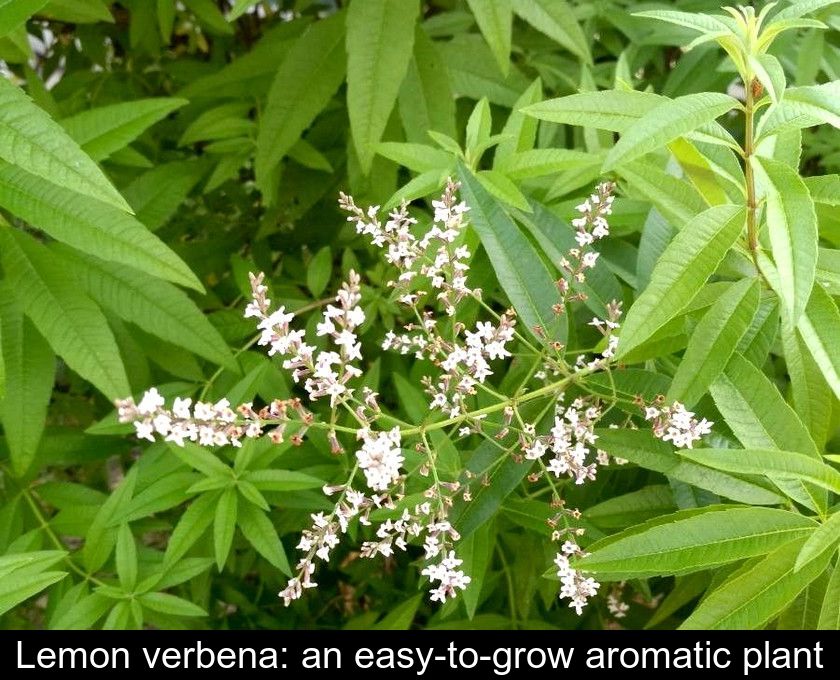Lemon Verbena: An Easy-to-grow Aromatic Plant
Lemon verbena or Aloysia citriodora is one of the aromatic plants that is easy to grow, either in a pot or directly in the ground, in a sheltered corner of the garden. We invite you to discover how to cultivate, harvest, and use it in 5 questions.
1- What is lemon verbena?
Lemon verbena or Aloysia citriodora should not be confused with lemongrass or Cymbopogon citratus, nor with vervain or Verbena officinalis.
Its name is misleading, especially since there are some 250 different varieties of vervains in the Verbena genus...
The lemon verbena I'm going to talk about is also known as Peruvian verbena or fragrant verbena. It is an aromatic plant whose highly scented leaves can be infused in teas and desserts.
2- How to use verbena in cooking?
In cooking, lemon verbena is mainly used to flavor desserts or liqueurs.
Its fruity and strongly lemony taste is very pleasant. It pairs well with summer fruits like raspberries, melon, and peaches.
You can slip a few leaves of this aromatic plant into a fruit salad or a granita. You can also use it to prepare detox water (a refreshing and fragrant calorie-free drink).
Note: Lemon verbena blooms in the summer, but its small white or light mauve flowers are not used in cooking or infusion. Only the leaves are interesting for their lemony and fresh aroma.
3- What are the virtues of lemon verbena?
It is often overlooked, but lemon verbena has medicinal properties.
Lemon verbena infusion is not only pleasant to taste. It is also relaxing and digestive. It aids digestion in cases of stomach heaviness, bloating, and flatulence.
Unlike other plants, it is caffeine-free and has no stimulating effects. On the contrary, it acts as a calming agent on stress and anxiety and improves sleep quality. Therefore, it is perfectly possible to drink a verbena tea in the evening.
4- How to grow lemon verbena?
Lemon verbena is a small frost-sensitive shrub. It can be grown in a pot on a south-facing terrace or directly in the ground, in a sheltered corner of the garden.
Planting is preferably done in spring, in light and well-drained soil.
Place this aromatic plant in the sun and protect it from frost in winter by mulching its base.
Water regularly but without excess. This plant requires little maintenance as it is resistant to diseases and pests.
You can propagate it by dividing the clump in spring or by stem cuttings in August. Note also that potted plants should be repotted every two years.
How to harvest lemon verbena?
You can harvest fresh leaves as needed.
You can also cut stems with pruning shears to dry them in the shade, in a dry and airy place.
Then, simply separate the leaves from the stems and store the well-dried leaves in paper bags or jars. This way, you will have a useful supply to prepare digestive or soothing teas throughout the winter.







